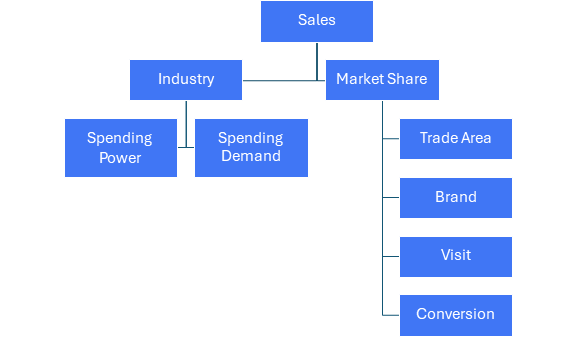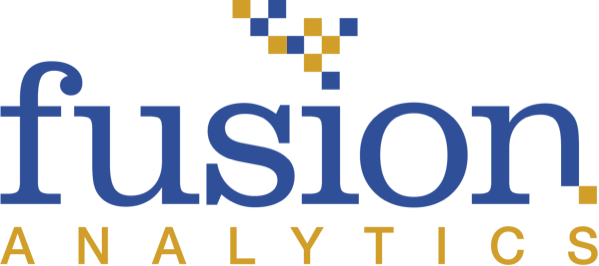In our experience working with various companies, we often observe that different departments lack access to the complete suite of metrics and data crucial for informed decision-making. For instance, consider a scenario where Marketing recently ran a campaign and the CEO wants to know its effectiveness. The Marketing team’s report showed an increase in brand awareness, but the Finance team’s sales report showed a decline: “Does this mean the campaign was ineffective?”
Filtering and Unifying improves the quality and provide One Version of the Truth for each metric and data source. However, individual metrics and data points achieve greater value when Synchronized and can explain what is truly contributing to business performance.
The Challenge of Disjointed Metrics and Data
The lack of accessibility and visibility to all relevant metrics and data is a common challenge in many organizations. Even when all metrics and data are available, they are often presented to executives in isolated reports without clear connections between them. This can lead to misleading conclusions, as illustrated in the Marketing campaign example.
One report had sales down while another report showed an increase in brand awareness. As the key decision maker, the CEO, you would question – “Was the marketing campaign not effective? Should I stop spending money on Marketing?”
Just with these two metrics, the answer could be misleading – “Yes, stop spending on marketing”. However, when connecting multiple metrics together, this truth could be radically different.
Let’s add more metrics to this scenario. Let’s look at market share – market share was flat. So is this another evidence that the campaign didn’t work?
Looking deeper, inventory dropped significantly during the same period. Evaluating the contribution between the brand awareness, pricing, inventory and store openings, market share would have been up if inventory did not drop. Thus, the campaign was successful.
Now, why were sales still down? Industry was facing some hardships where it had poor weather this year vs. last year. Thus, sales were down temporarily, but not due to the campaign.
This synchronized view allows executives to make informed decisions. Rather than prematurely halting marketing efforts based on isolated metrics, the focus can shift to addressing inventory issues. This approach ensures that decisions are grounded in a thorough understanding of all contributing factors, ultimately leading to more effective business strategies.
Fusion’s Synchronize Trends AI Engine focuses on:
- Find relationships and patterns: Analyze the statistical relationships and correlations between each metric and data point. This process helps map connectivity and links back to key business goals and decisions, providing a clear roadmap to focus efforts on activities that drive significant results.
- Identify attribution and overlaps: Understanding these relationships helps determine the incremental impact of each metric and data. By removing overlaps, the true impact of each business activity can be clarified, enhancing decision-making clarity and effectiveness.
Example of Synchronized Decision-Led Framework:

Benefits of Fusion’s Synchronizing AI Engine
- Make Each Metric Smarter: Achieve clearer cause-and-effect relationships between metrics and data through Synchronization. By removing overlaps, you can accurately attribute the impact of each activity and enhance the effectiveness of future strategies and tactics aligned with your key decisions.
- No Blind Spots: Uncover hidden connections and dependencies to eliminate blind spots that could impede maximizing business returns. This clarity removes ambiguity across the entire company.
- Cross-Functional Synergy: Foster collaboration and alignment across diverse departments by Synchronizing insights. All teams have clarity towards common business goals, accelerating progress towards achieving organizational objectives.
Equalizing Insights for Full Comparability
Filtering out noise, Unifying One Version of the Truth and Synchronizing all the pieces into a decision-driven framework are big milestones to transform raw Data Lakes into Meaningful, Decision-Led Metrics.
Though, your business isn’t static, and neither is your data. Hierarchy, methodology and vendor source changes always happening. Thus, Equalize your metric and data for true comparability over time, so reporting is never interrupted.
If you’re tired of battling unreliable data and its negative consequences, Fusion Analytics is here to assist. Let’s collaborate and uncover meaningful insights that foster confident decision-marking.
Contact Fusion Analytics – The Metric Improvement Company today for a demonstration.

